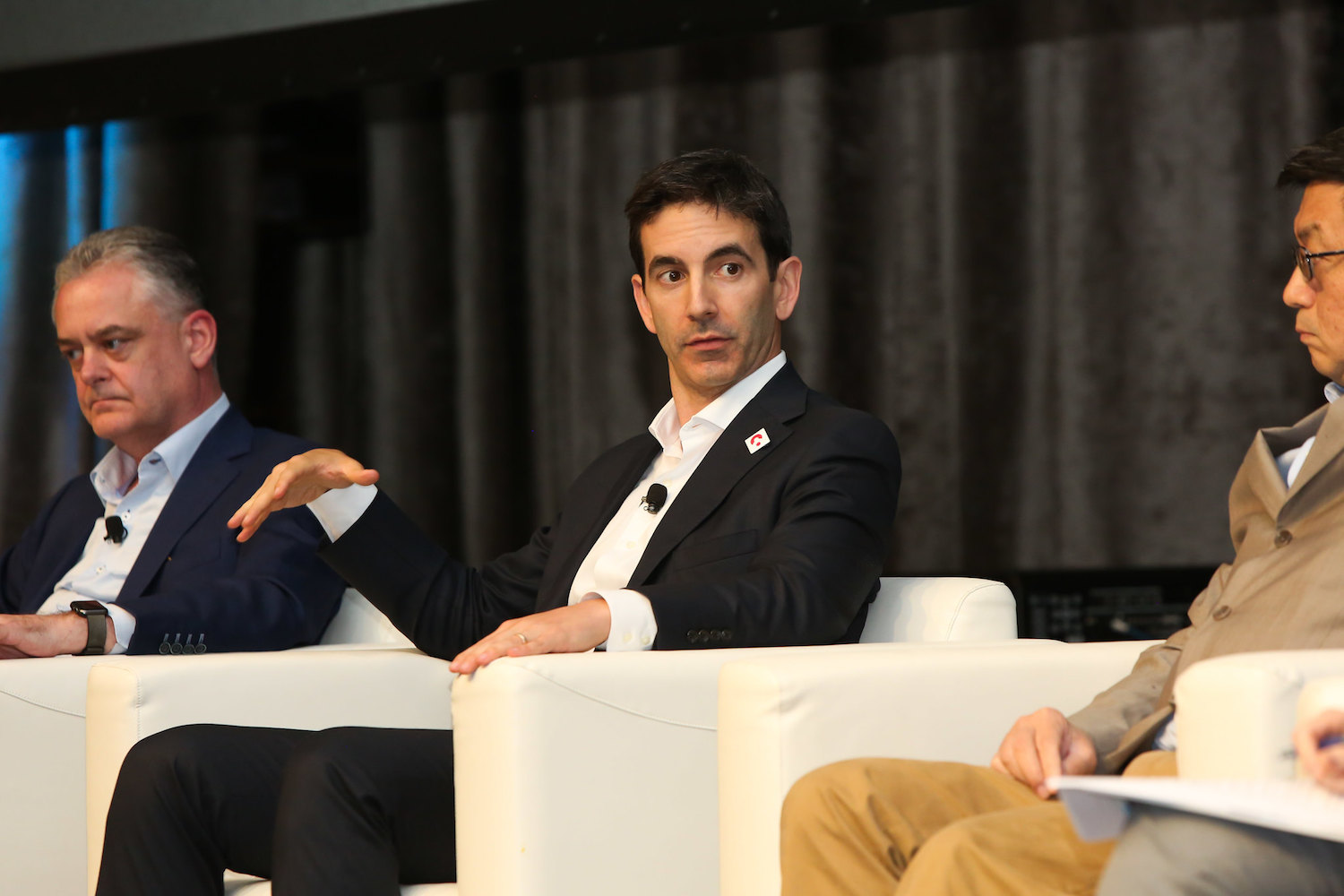Framework Ventures’ DeFi Fund Booms as Tech Team Staffs Up
The studio’s flagship ventures fund increased in value from $14 million to $300 million.

Framework Ventures’ DeFi Fund Booms as Tech Team Staffs Up
Last summer’s decentralized finance (DeFi) craze pumped massive gains into Framework Ventures’ flagship fund, the $14 principal investment of which has snowballed into $300 million under management.
The two-year-old DeFi studio and venture capital firm is now preparing to undergo a company-wide expansion.
Framework emerged from stealth mode in August 2020 with $8 million in seed funding. Now, less than a year later, Co-founder Michael Anderson told CoinDesk he aims to double Framework’s headcount – across engineering and project teams – to 30 by the end of 2021.
Recent top hires have begun filling Framework’s c-suite positions. Since October, the firm has hired a finance chief in John DiCerbo, a Numerai veteran; a tech lead in DeFi engineer Ray Pulver; and a Principal in Roy Learner of Wave financial.
Anderson’s tasked Learner with managing a venture fund anchored by tokens SNX, AAVE, LINK, WIFI and GRT – “some of the big wins,” he said, that have pushed the fund’s value into the hundreds of millions. Each position is targeted to around 5% of the network, he said.
He said asset growth drove the fund’s increase, not new subscriptions. The only investments came at the start of the fund.
Inside the venture fund is a Labs division, the DeFi studio where in-house engineers build products tailored to Framework’s invested networks. Those projects’ core teams often work directly with Framework, Anderson said, making the whole thing function as a pseudo-incubator of sorts.
“We really need a software first tact at helping provide additional services,” Anderson said. “We’re adding services that help these networks – more so in the way of just dollars.”









